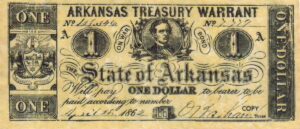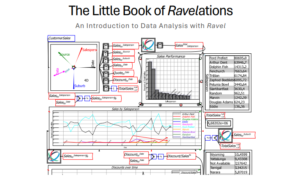This is a test link that has NOTHING to do with this blog post, and will be removed after the test is complete.
Before we talk about the currency issuer vs currency users, let’s first think about where currency comes from in the first place.
Table of Contents
Important idea #2: US dollars
Where do US dollars come from?
To be clear, I’m not asking where YOU get them from, I’m asking how is it that they exist?
250 years ago there was no United States and there were no US dollars.
Today there are trillions of US dollars in existence.
Where did they come from?
Important idea #3: Currency ISSUER vs currency USERS
In any economy, there is ONE currency issuer (at least only one who does so legally, everyone else is counterfeiting).
The currency users live by the rules we are all familiar with.
Being responsible requires earning before you spend and spending within your means.
But, to get back to two important prior questions:
- Where did the money we currency users use come from?
- What deficits correspond to our collecting aggregate surpluses?
SPOILER: Those are two different forms of the same question.
Why does this idea confuse people?
Because we confuse how USERS of a currency are constrained with how the ISSUER of the currency is constrained.
You, me, every business, every non-profit, and every level of government that is NOT the currency issuing federal government (or in the cast of the Eurozone the larger than federal currency union) are USERS of currency.
For us, we must obtain dollars (or Pounds, or Yen, or Euros) before we can spend them. If we spend more than we have, we need to borrow. We incur debt.
The US federal government, the government of Canada, Japan, etc, and in the Eurozone the government of the European Union is the ISSUER of the currency.
Currency issuers live under very different constraints.
How do currency issuers operate?
I’ll use the USA as an example.
Most people hold two contradictory beliefs:
- The US federal government is the issuer of the US dollar.
- The US federal government needs to obtain US dollars, either through collecting taxes or borrowing, before they can spend money.
But if both the above statements are true, where did the first US dollar come from? How could it be taxed by the US federal government or borrowed from anyone before the US federal government issued it into existence>
The answer is that item 2 above is false.
Currency users literally spend money into existence and tax money out of existence. Literally.
In order for the US federal government to collect money in the form of taxes, it must FIRST have spent that money into the economy.
If they don’t, that money is not there to be taxed.
Wait! What?
When the US federal government spends more money into existence than they tax out of existence, the different is not debt, but rather the money we USERS of the currency use.
It is, in fact, the money supply (it’s actually more complicated because commercial banks create most of the money, but before that makes sense most people, they need to understand currency issuer money creation first).
Simply put, currency user surpluses are CREATED BY currency issuer deficits.
If the currency issuer did not run deficits, there would be no currency for currency users to use.
Wait! The currency issuer is NOT like a household?
In a word, no.
The reason we are misled into thinking currency issuer deficits are debt is because we think the currency issuer works like a household. It doesn’t.
Using the USA as an example again:
- If we USERS of the dollar spent more than we took in, it WOULD be debt.
- After the federal government spends money into existence, it offers people the chance to buy Treasury Bonds. When people do this they are converting one form of money (currency) into another (treasury bills). Treasury bills are bonds on which the US federal government pays interest. If they’re paying interest, it must be debt? Right? After all, interest is what WE pay for the money we borrow.
- What’s missing from the above idea is that when YOU move money from a zero-interest checking account into an interest-bearing savings account, are making a loan to the bank? Is that why they pay you interest?
- When someone who has big bucks on deposit at the Federal Reserve (which is where the banks bank) moves money from a zero-interest reserve (checking) account into an interest-bearing treasury (savings) account, they are simply moving money from a zero interest account to an account that pays interest.
- What’s missing from the above idea is that when YOU move money from a zero-interest checking account into an interest-bearing savings account, are making a loan to the bank? Is that why they pay you interest?
But, can the currency issuer spend endlessly?



